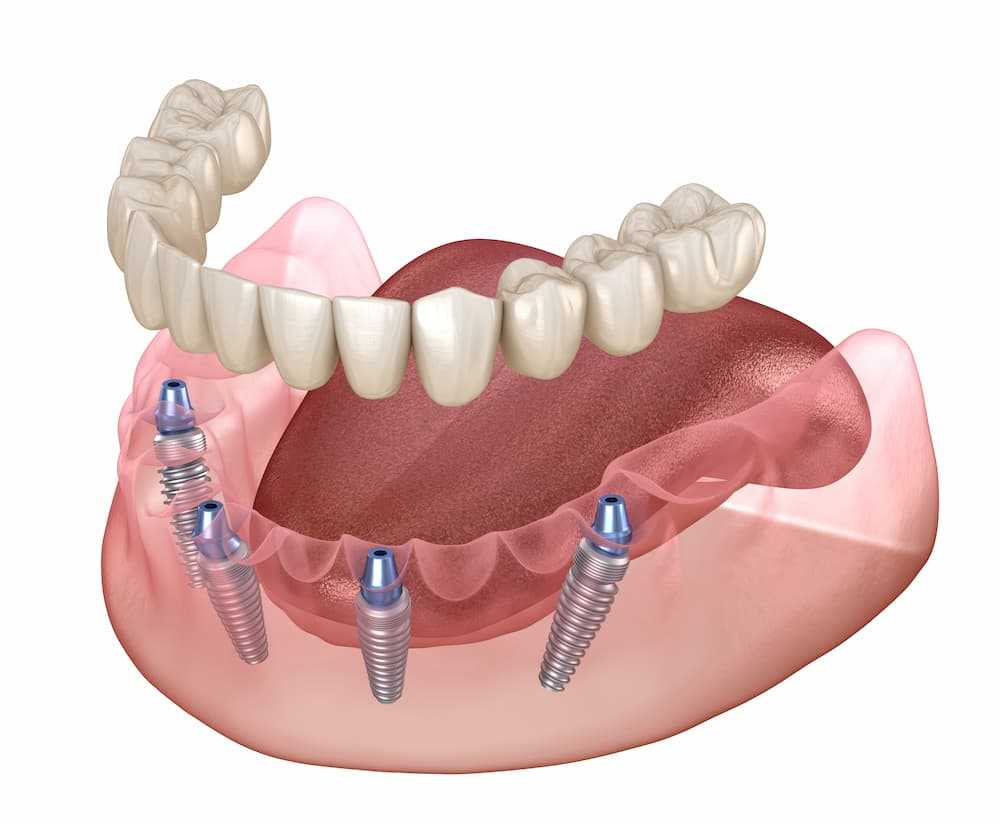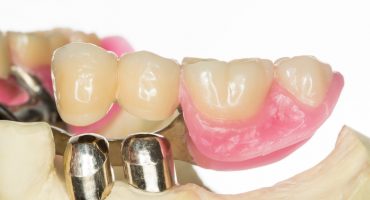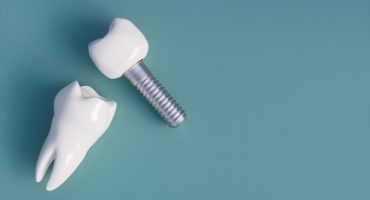What is the All-on-4 method?
Anyone who suffers from tooth loss and would like to forego a removable denture must resort to dental implants. Modern dental implants can restore the patient a bit of quality of life if they have lost their own natural teeth.
The All-on-4 treatment concept was developed for the fast and cost-efficient supply of dental implants and was first introduced in 1998 by Dr. Paulo Malo. In the meantime, more than 100,000 patients have been treated with implants using the All-on-4 method. Prior to the development of the method was that for fixed dentures with complete edentulousness in the maxilla at least eight and in the lower jaw at least six dental implants must be set. The All-on-4 method requires only four implants per jaw. Thus, the concept offers a good solution to provide patients with complete tooth loss more cost-effective.




